Telegraph poles: What you need to know by the man who is (quite literally) their number one fan
The Telegraph Pole Appreciation Society might sound like a joke, but it has gained 1,100 members in its 20 years of existence. Andrew Martin meets Martin Evans, the society's founder, to find out more.
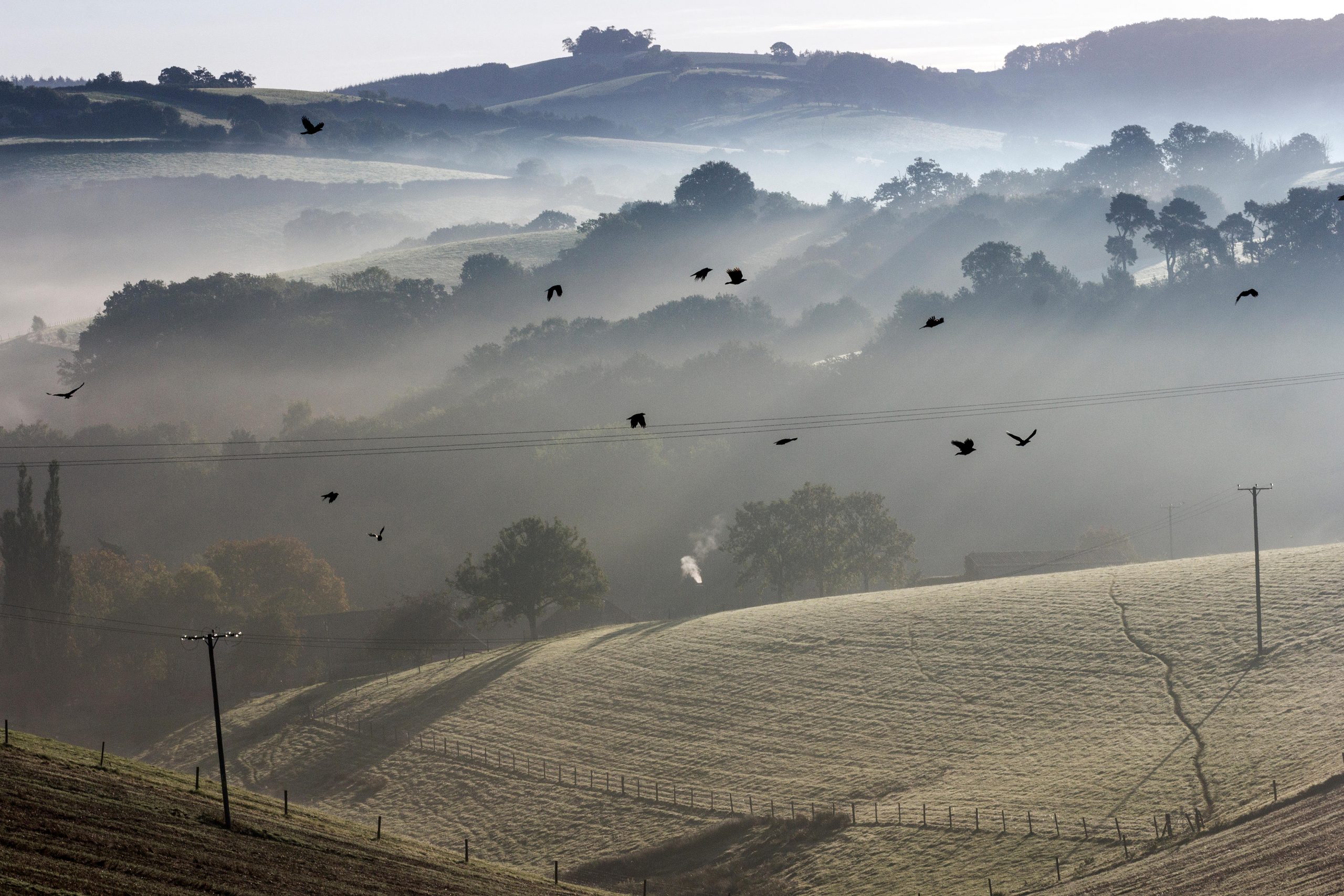

Some people might find it inconceivable that anyone should be fascinated by telegraph poles, but I’m not among their number and Martin Evans’s interest in the subject seems to me completely logical.
In the first place, he is a self-described ‘country boy’ who grew up in a village on the Welsh border and has since lived in remote parts of Wales, acquiring and restoring rambling historic houses — which is relevant because telegraph poles are mainly a rural phenomenon.
The majority of electric cables serving the countryside are carried on wooden poles. Some bear power lines, others telephone lines, but most people call all of them ‘telegraph poles’, although telegraphs were phased out in the UK in 1982 and had fallen from mass use long before. The poles used to be in towns, too, before urban wires were buried.
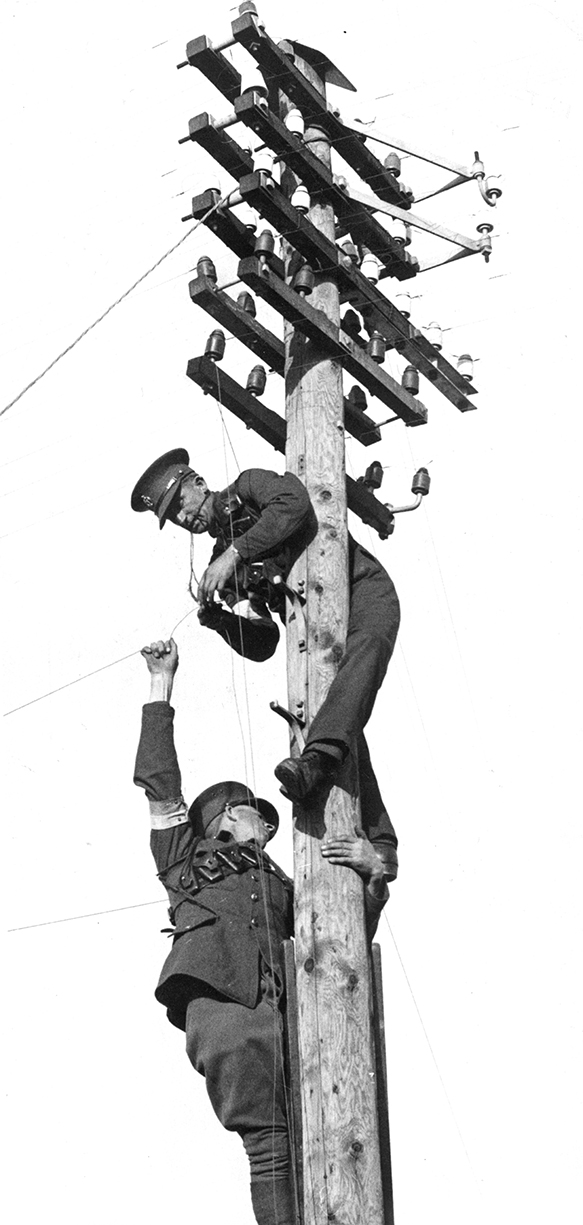
Look at any photograph of a town in the inter-war years (peak time for the pole) and you will see these tall, quiet sentinels on every street. They have not been much missed, possibly because few people really noticed them in the first place.
Secondly, Mr Evans has a practical bent (hence all that house restoration). He understands telegraph poles, but — being, in addition, a filmmaker and poet — he appreciates their aesthetic appeal, enjoying their ‘pretty dance across the fields as the landscape rises and falls’.
He likes to send himself up as a nerd, often referring to himself as ‘Member Number 0001 of the Telegraph Pole Appreciation Society (TPAS)’, which he founded about 20 years ago and now has 1,100 members. That number makes him, of course, quite literally the telegraph pole's number one fan.
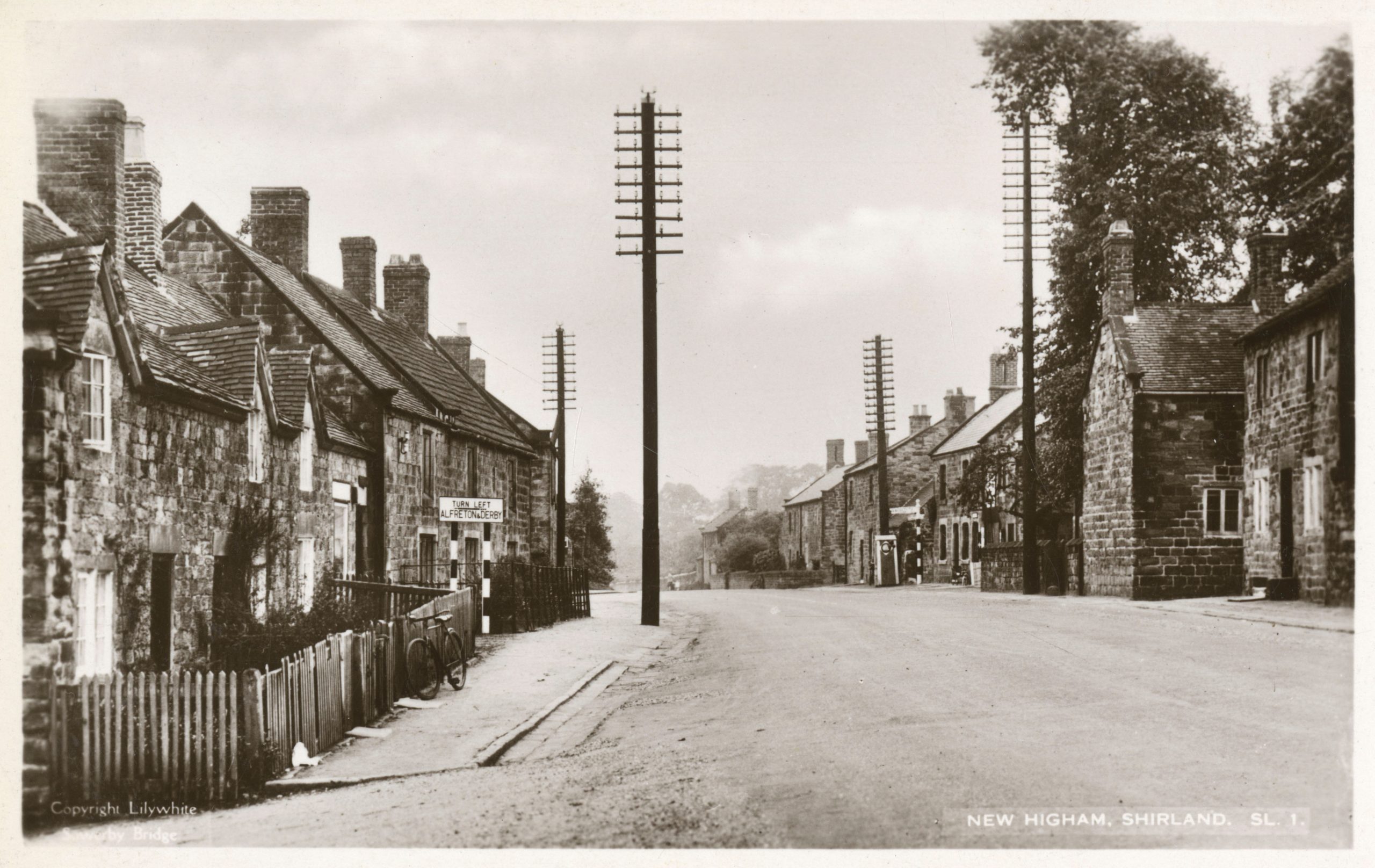
The principal object of Mr Evans’s affections are telegraph poles carrying telephone lines, those heirs of the telegraph days, with cross-arms on which white ceramic insulators still stand, like so many elevated pepper pots. These insulators are now redundant, but, in the days of bare copper wire, they ‘stopped the electricity shorting out to the framework’.
Sign up for the Country Life Newsletter
Exquisite houses, the beauty of Nature, and how to get the most from your life, straight to your inbox.
The cross arms (giving the effect of rectilinear tree branches) were required when one wire might be needed per telephone call, so poles had to support many wires — cats’ cradles in the sky. ‘Today, multicore cables have many wires in them,’ explains Mr Evans.
Accordingly, cross-armed poles have often been replaced with ones as unadorned as a vertical log, from which a single cable is strung: a depleted, slightly depressing arrangement.
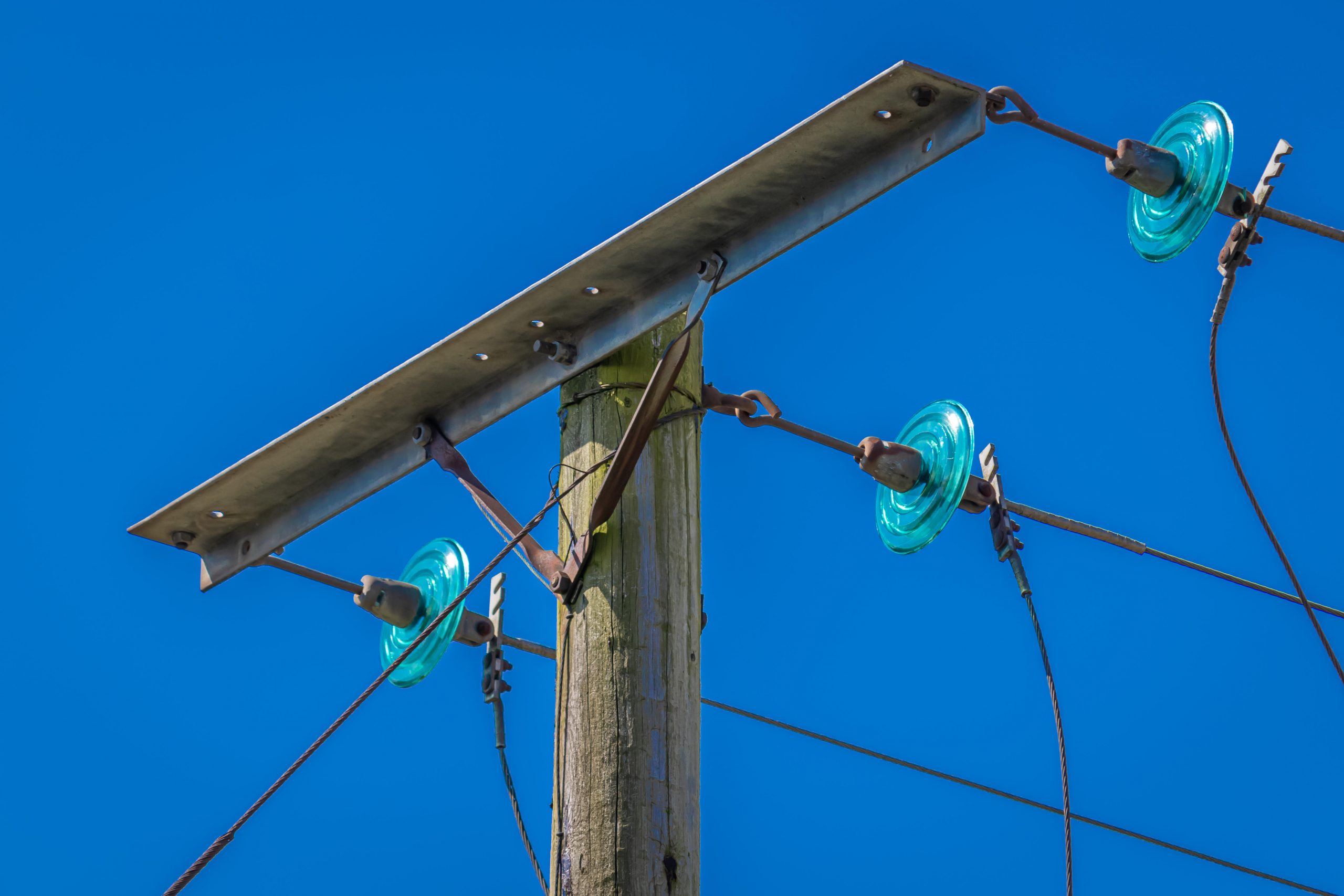
Mr Evans keeps an eye out for any ‘run’ of cross-arm poles that seems in danger of being replaced with one of the limbless logs. These doomed poles might be overgrown with ivy and carry a red metal ‘D plate’, meaning ‘Defective’ or ‘Decayed’, alongside the notices about coffee mornings and missing cats that are regularly attached, with wonky drawing pins, to poles.
A YouTube film by Mr Evans baldly entitled Telegraph Poles on the B5105 has attracted nearly 5,000 views. It’s about some roadside poles between Clawddnewydd and Ruthin in Denbighshire, which he describes as ‘one of my favourite runs of telegraph poles in the entire country… and every time I come here, there seems to be one fewer’.
Members of the TPAS receive a certificate, a badge, a postcard showing some poles crossing a field in the Isle of Tiree and a copy of Mr Evans’s book, Telegraph Pole Appreciation for Beginners.
It's a book that is beautifully written (he describes a small King George letterbox as ‘clinging to a 1957 GPO pole like a baby monkey to its mum’), amusing and evocatively illustrated. For instance, a painting of 1937 by Eric Ravilious, Wiltshire Landscape, is reproduced with its ‘endless lonely lane and line of poles’.
There is a digression on finials (‘decorative hats’ on Victorian poles) and the book includes several poems, including one by Mr Evans about insulators, beginning ‘Were you listening/all those years/atop the pole/between big house and the exchange?’
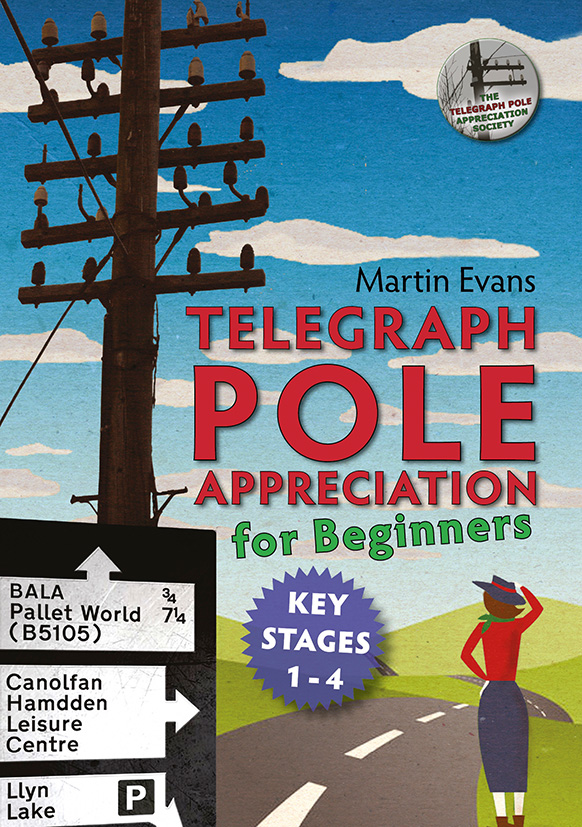
A key word in the book is ‘alignment’. Mr Evans gives the dictionary definition: ‘arrangement in a straight line or correct relative positions’ and the last three words seem the operative ones, the countryside telegraph poles and their wires so often seeming to meet that test.
You can find the society's website at www.telegraphpoleappreciationsociety.org.

Curious Questions: Who invented the weather forecast?
Martin Fone tells the fascinating — and ultimately heartbreaking — tale of Robert Fitzroy, the visionary sailor-turned-scientist whose pioneering work saved
Country Life is unlike any other magazine: the only glossy weekly on the newsstand and the only magazine that has been guest-edited by HRH The King not once, but twice. It is a celebration of modern rural life and all its diverse joys and pleasures — that was first published in Queen Victoria's Diamond Jubilee year. Our eclectic mixture of witty and informative content — from the most up-to-date property news and commentary and a coveted glimpse inside some of the UK's best houses and gardens, to gardening, the arts and interior design, written by experts in their field — still cannot be found in print or online, anywhere else.


